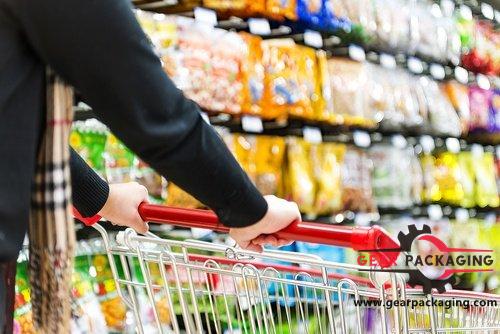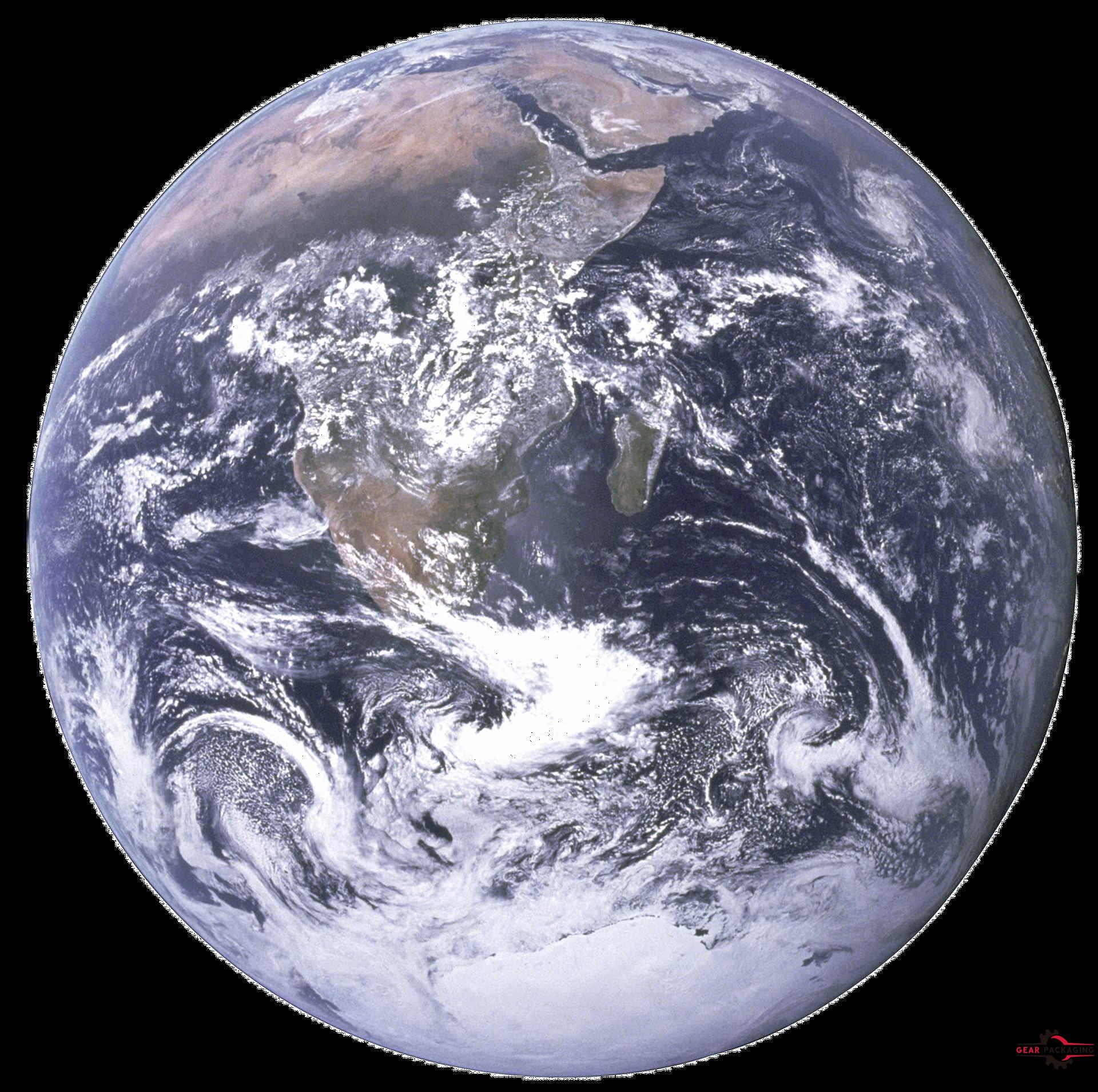Is Your Packaging Style Helping or Hurting Your Brand?
The packaging of your product is the first point of contact a new customer has with your brand. A consumer entering any aisle at their grocery store will be greeted by dozens of brands offering the same product. Your goal is to find packaging technology solutions aimed at differentiation and consumer satisfaction. While some brands fall short of finding packaging that helps their brand, your business must move forward.
Organic Bean Manufacturer Goes Flexible
Many of the companies offering natural and organic products want a packaging material that reflects their brand. For example, Brand Packaging highlights the smart package design of an organic food company. As a company specializing in packaged organic beans including black, garbanzo and great northern, this company has transformed its packaging to reflect the ideals of their brand.

The company's brand agency commented that “We threw out the rules for the organic aisle.” Rather than sticking with conventional metal cans or heavy glass jars, this organic company moved toward innovative packaging solutions of shelf-stable stand-up pouches.
Choosing Flexible Packaging
Flexible packaging technologies offer brands the chance to help consumers with more than just product fulfillment. It goes that extra mile that many consumers, particularly millennials, are looking for in packaging. More specifically, flexible packaging solutions include:
Packaging that is lightweight and easy to carry
Packaging that is visible on home shelves and simple to store
A type of packaging that takes up the least amount of space
Packaging that is easily recyclable
Packaging that can be opened and closed for future use
Packaging has to step up by helping the consumer in more than one way. Take a glass jar of pickles that is heavy, easily broken and impossible to stack in the refrigerator. Now compare that to flexible packaging solutions including flat-bottomed, stand-up pouches. These are lightweight and easy to carry home from the store. You aren’t going to break a flexible pouch by dropping it on the ground, and stacking is a cinch as the materials are somewhat moldable on demand. Innovative packaging shows you will go the extra mile for the customer, which means you have put the added thought into your product packaging and branding.
Flexible Packaging: The Natural Choice

The concepts of flexible plastic packaging and organic and natural products may seem like they are on different ends of the spectrum. However, flexible packaging does more for sustainability and food security than you may think. According to One Green Planet blogger Jonathon Engels, some packaging is necessary. Foods like rice and flour by nature necessitate a container to hold the product. Packages are also used to maintain freshness and product integrity, as well as protect fragile products like chips from damage during transport. And until we are all eating locally grown food, some measures must be taken to keep our food edible long enough to transport and sell it. There are laws mandating that it is necessary to provide consumers with instructions or information for certain products, which again necessitates packaging. According to Engels, "The idea is that packaging works ecologically by preventing food losses, which according to some is a much more environmentally damaging factor than some excess packaging."
Learning About Innovative Packaging Solutions
In the packing industry there are several events and associations focusing on packaging technology solutions. For instance, the Flexible Packaging Association promotes technologies and innovations related to utilizing a more forward-thinking, eco-conscious way of packaging products. For brands that are specifically interested in tailoring their packaging toward the green market, the Natural Products Expo is an excellent meeting point for discovering the latest eco-conscious packaging solutions. We will be there as well, showcasing our own innovative packaging machinery that helps manufacturers and co-packagers meet the needs of today's environmentally conscious consumers.

